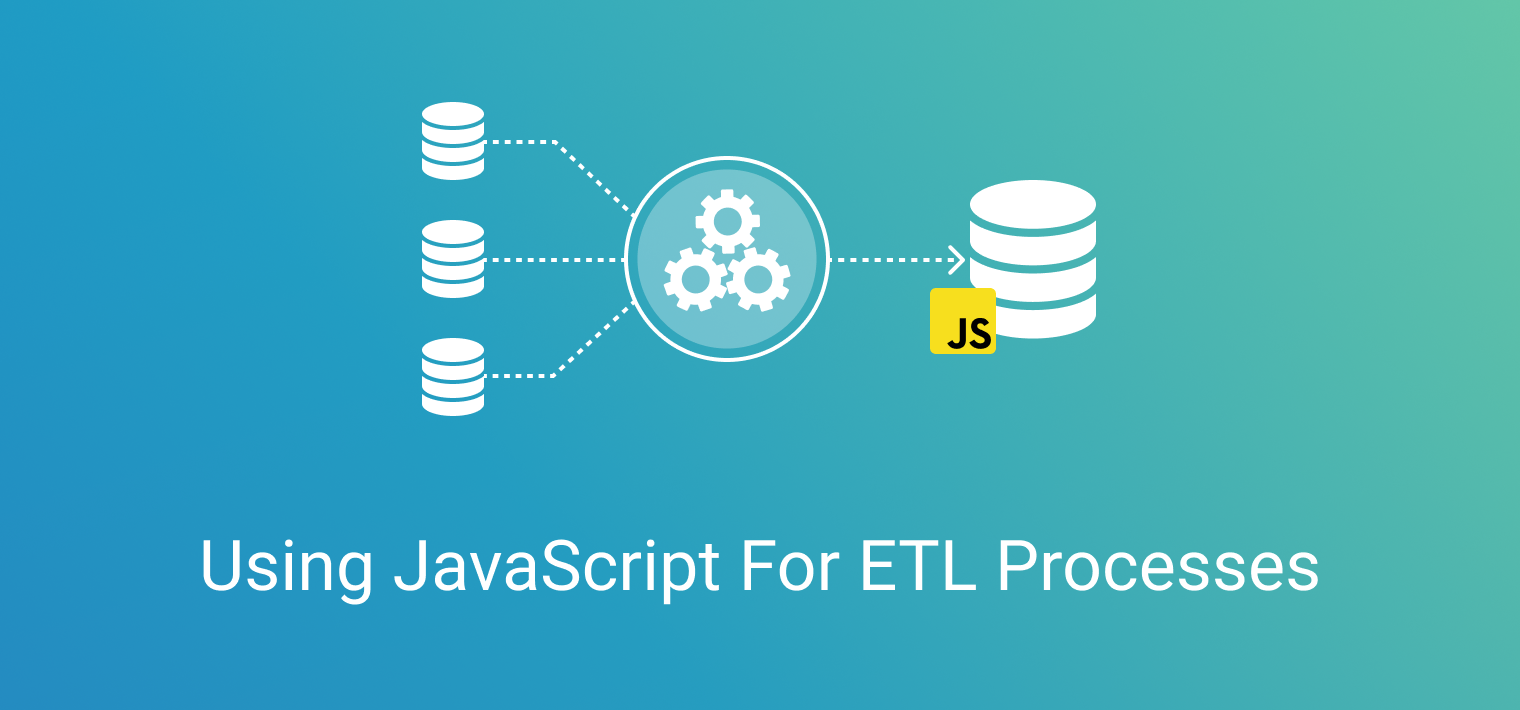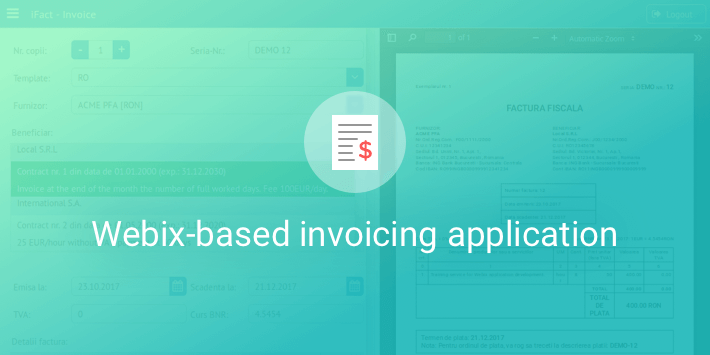ETL stands for Extract, Transform, Load which are the three fundamental functions of database management. ETL tools typically combine all these functions into a single programming tool. With ETL, the application first reads data from a specified database and then transforms them to the desired format. The transformed data are written to a specified database which may or may not be new.

Node.js is commonly used in ETL applications. The primary reason for this is its asynchronous nature. Databases with hundreds of rows can be quickly processed with non-blocking calls over Node.js. This reduces waiting time and helps increase processing efficiency.
Another reason for using Node.js is that it works natively with JSON. A number of different products like Apache Solr, PostgreSQL, and WordPress support JSON. The fact that Node.js is backed by a large package library comes in handy too. For example, NPM contains over 465,000 modules and is used by millions of developers. This makes it unnecessary for a developer to reinvent the wheel by choosing a JavaScript runtime that is extremely popular.
In addition, JavaScript makes it easy for users to perform data visualization. Data storage and collaboration are a huge industry today. Emerging technologies such as IoT generate millions of data points that need to be stored and handled efficiently. Add to this the use of AI/ML and the volume of data, and the need for technology to interpret them becomes really obvious.
One of the challenges is data accessibility. Thanks to the cloud, most organizations store and manage data on their servers remotely. Dynamic data visualization is only achievable when file sharing is seamless between the remote server and your JS tools. Most organizations today run some form of network syncing. In this way, the data from the server is readily accessed over their desktops. As a client-side script, it is possible for users to run visualization scripts right over their desktop. They don’t have to shuttle their data across multiple servers to meet their objectives.
Integration is also among the challenges. According to Sunil Hans, the Managing Director of Adeptia, a company that offers data integration solutions, ETL platforms that are built with developers in mind could be confusing to business users. Centralized management lets ETL integration happen without heavy coding. This improves agility among business teams.
Traditionally, management of data in JavaScript has been considered a sub-optimal solution. This is because every dataset that you access via JS is disparate and it can be challenging to join them together in a logical way. However, when it comes to data visualization and management (especially ETL), JavaScript is preferred by some users. A number of users today tend to use relational database concepts in their JavaScript data management strategy.
What is your choice? Would you prefer JavaScript for ETL? Share your thoughts in the comments.
Written by Anand Srinivasan.


